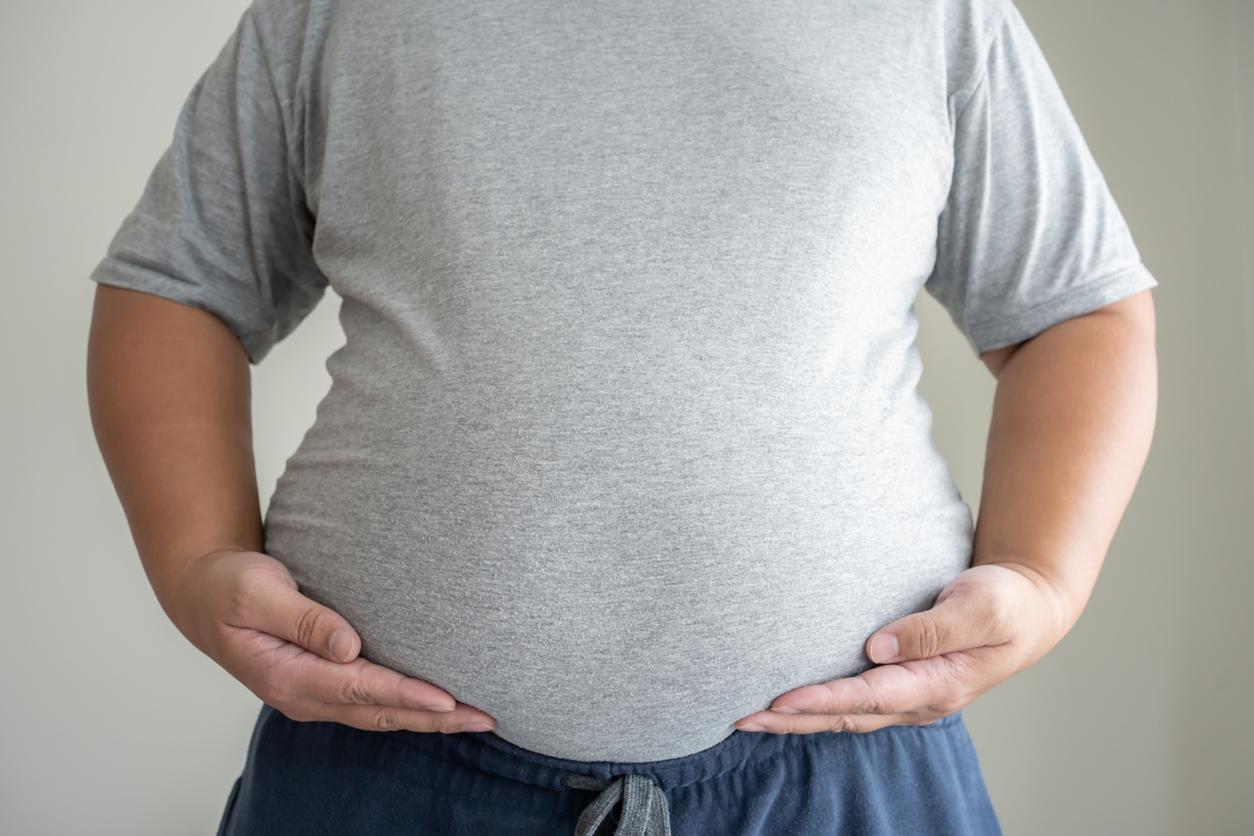In 2020, the League Against Obesity has decided to relaunch thenational epidemiological survey on overweight and obesity Obépi-Roche which had been pending since 2012. Carried out in collaboration with Inserm, the Pitié-Salpêtrière hospital and Kantar Health, this national epidemiological survey has analyzed the prevalence of overweight and obesity in France every three years since 1997. After an 8-year break, the Obesity League commissioned the Odoxa polling institute to resume the investigation. The figures for 2020 have thus just been published and show a strong increase in obesity in France.
Presentation of the results of the epidemiological survey of the League against obesity @LCObesite#Obepi To @SCPOChaireSante
➡️ In 2020, nearly 1 in 2 French people are overweight (30.3%) or obese (17%)
➡️ Obesity is progressing, it has doubled since 1997 pic.twitter.com/o65a3Hm7uS
— Odoxa (@OdoxaPolls) June 30, 2021
As the League Against Obesity points out, the trend is even unprecedented: while the prevalence of overweight people (who have a BMI between 25 and 29.9) is declining, that of people with obesity (with a body mass index greater than 30) continues to increase. It has gained 2 points in 8 years, or 13% increase. In 2020, 17% of the French population suffers from obesityor more than 8.5 million people, including 1 million in a situation of massive obesity.
Women always more affected than men
“If women are still more affected than men, it is among the latter that the increases are the strongest, in particular for massive obesity: it has been multiplied by three in 8 years” we learn in the survey Ob Epi,. There are also inequalities depending on the region: the North and East of France are the most affected regions: 22.1% of obese people in Hauts-de-France, 20.1% in the Grand-Est. While Ile-de-France (14.2%) as well as the southern and western regions of the country are relatively spared.
The survey also shows that the proportion of people with obesity increases with age. While it is “only” 9.2% among 18-24 year olds, it drops to 13.8% among 25-34 year olds, 18.4% among 45-54 year olds to reach 19, 9% among 55-66 year olds, the age group where the obesity rate is the highest. “In recent years, it is among the youngest French people that the share of obesity has increased the most since 2012: +3.8 points since 2018” underline the researchers.
Obesity, a disease that ignores age: 9.2% among 18-24 year olds, 13.8% among 25-34 year olds, 16.7% among 35-44 year olds, 18.4% among 45-54 year olds, 19.9% among 55-64 year olds
and 19.2% among those aged 65 and over. League against obesity study -ObÉpi-Roche #obesity— National League Against Obesity (@LCObesite) June 30, 2021
Obesity that also affects children
For the first time, the survey includes pediatric obesity figures. Today, 34% of children aged 2 to 7 and 21% of children aged 8 to 17 are overweight or obese. Among the latter, boys are twice as numerous (62%) as girls (38%). “There is also a clear over-representation of young people from working-class and inactive categories: 75% of overweight 8-17-year-olds come from these categories, or 9 points more than in the general population.”
What was the situation in 2012?
The last ObEpi survey took place between January and March 2012. First observation: more than one French person aged at least 18 out of 10 (15% 6.9 million adults) was obese in 2012. This was already more than in 2009 when they were 14.5%. The survey revealed that more than 3 out of 10 adults were overweight, which represented 14.8 million people. Remember that if your BMI is between 18.5 and 25, your weight is considered normal.
Read also :
- Men and women see themselves as taller than they are
- Overweight and obesity where does it start?
- What if we changed the way we manage obesity?
- How to calculate your ideal weight?

















